As the Fire Emblem series continues to expand, each new title has something different to keep fans interested. The two most recent mainline titles are Engage and Three Houses, and it’s clear they are incredibly different from one another right from the start.
While Three Houses centers around a teacher who fights alongside their students, Engage follows the Divine Dragon who wakes up after 1,000 years to a sudden disturbance in their land. The stories play out very differently, but that’s just one of the many elements that can be compared between the two games.
All major differences between Fire Emblem Engage and Three Houses
Three stories vs. one
As the title might suggest, Three Houses has three main routes to play through. These routes are determined by the class you choose to teach at the beginning of the game—the Blue Lions, Golden Deer, or Black Eagles. Each of these classes will eventually put the protagonist, Byleth, on a different side of the war, meaning the routes and their outcomes are all unique. In addition to the three main routes, there is also a special fourth route to side with the Church of Seiros that diverges from the Black Eagles storyline.
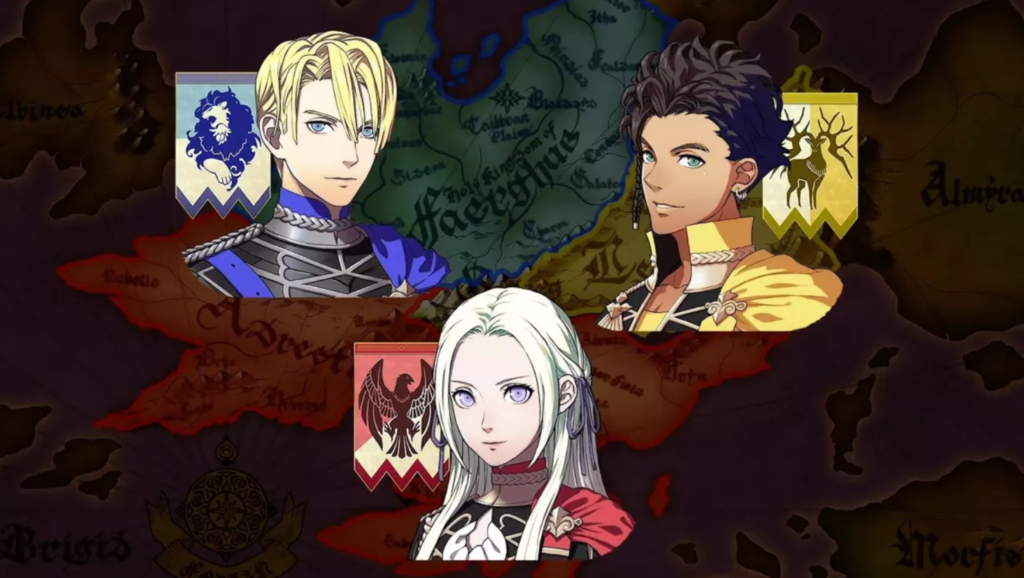
Engage keeps it simple where the player isn’t making any crucial decisions that impact the direction of the story. In fact, the player isn’t prompted to give conversational responses as Alear throughout the story the way they are in Three Houses. This means everyone will follow the same story script with every playthrough.
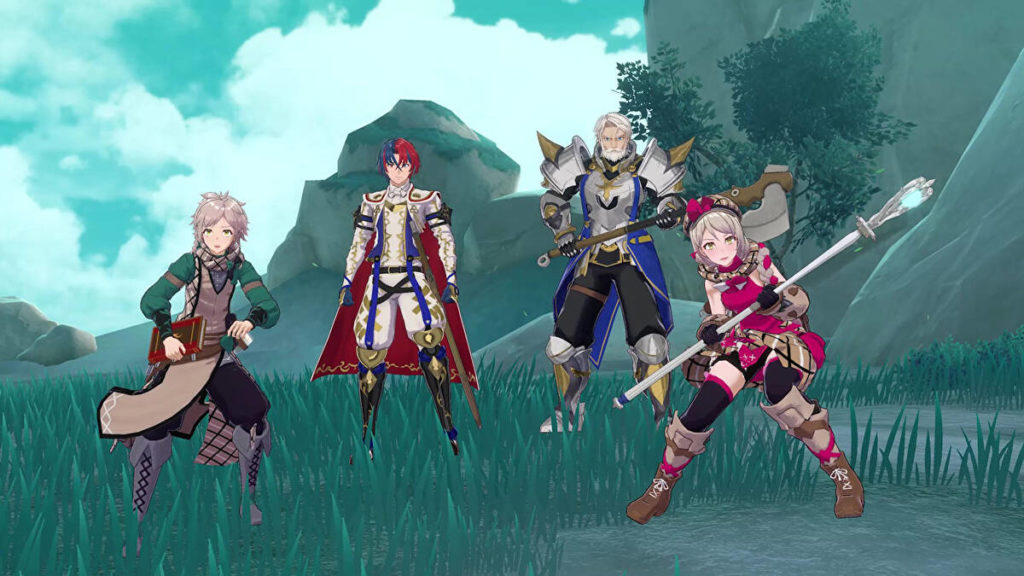
Activities between battles
One of the most unique features of Three Houses is the monthly calendar for Byleth. The calendar includes specific days for teaching, exploring the monastery, and the main mission at the end of the month. Teaching sessions are the primary way to increase a unit’s skill levels which is necessary for class promotion and unlocking new Abilities and Combat Arts. On days off from teaching and battling, Byleth can choose to explore the huge monastery map where they can bond with students and fellow faculty members, do small side quests, gain temporary stat boosts from various activities, and so much more.
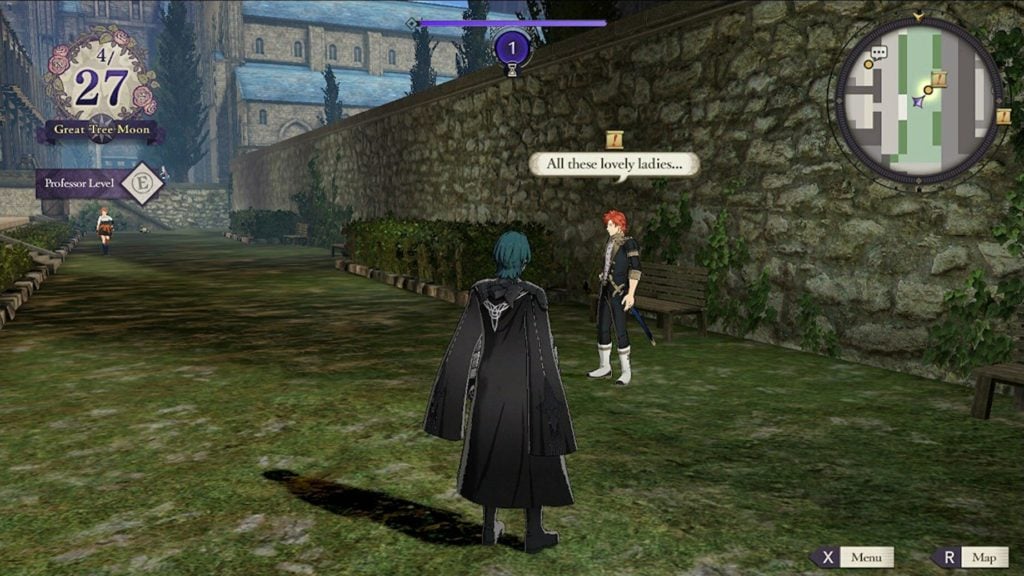
While Engage also gives players time to roam around freely between battles, it’s on a smaller scale than in Three Houses. Rather than a monastery, Engage uses the much more compact Somniel, the mystical space where Alear had been asleep for 1,000 years, as its home base. Players can still interact with other units and gain their temporary stat boosts around the Somniel, but there’s definitely not a whole month’s worth of activities to tackle between battles.
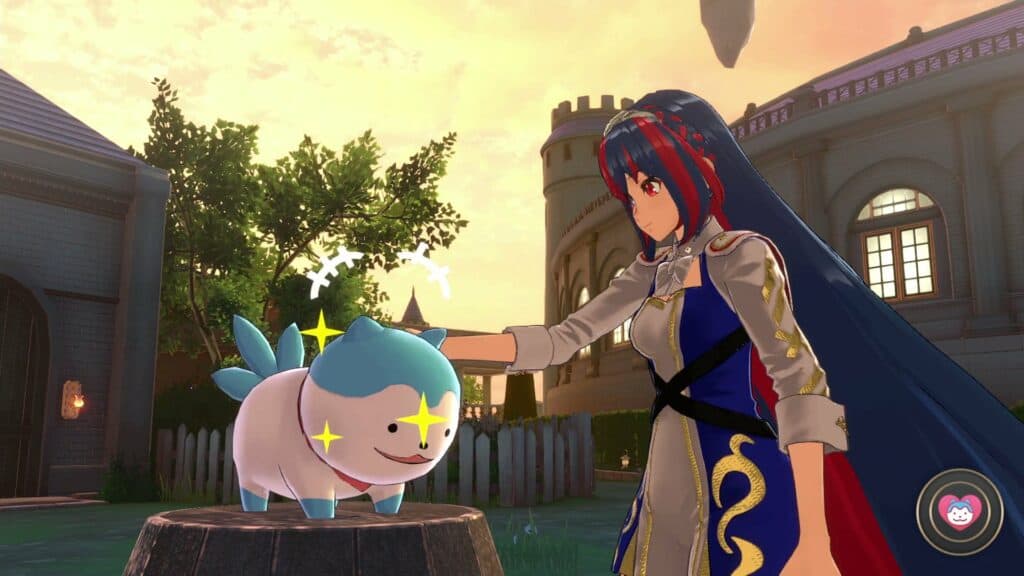
Crests vs. Rings
Three Houses and Engage both also have their own unique power boosts in battle. In Three Houses, specific units are born with Crests or acquire them through unsettling methods. In addition to symbolizing a status of nobility and power, Crests function similarly to Abilities by providing boosts in battle. Crests are also linked to Heroes’ Relics, powerful weapons and accessories passed down by the noble families of Fodlan. To top it off, Crest bearers can receive additional boosts if they are also wielding the specific Heroes’ Relic associated with their Crest.
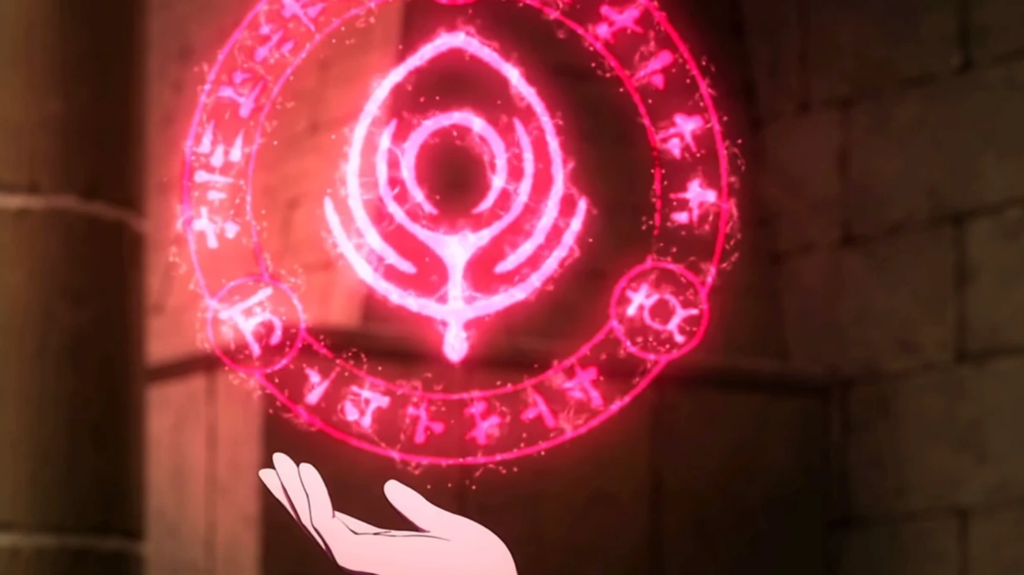
Emblem Rings are the main focus when it comes to battling in Engage. Each ring is associated with a specific Lord character from previous Fire Emblem games, including Marth, Roy, and Lyn. They also act as power boosts like Crests but only last for several turns before needing a recharge. And unlike Crests, which are permanently attached to a unit, Emblem Rings can be moved to different units depending on how the player wishes to build their army. By strengthening their bond with an Emblem, a unit can unlock even more power throughout the game.
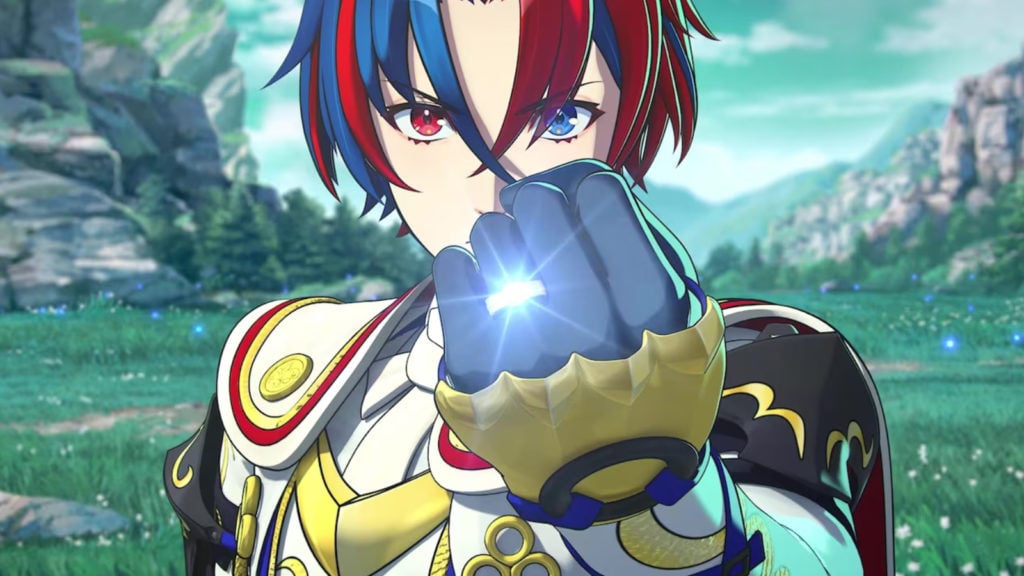
Teacher vs. Divine Dragon
As a teacher and Divine Dragon, the protagonists of Three Houses and Engage couldn’t be more different. The school setting of Three Houses forces Byleth into becoming the Officers Academy’s new professor. There, they teach the class of their choice and later lead them into war against their former acquaintances from the Academy. As mentioned earlier, Byleth’s role as a teacher ties in nicely with the growth of each unit through lectures.

Meanwhile, Engage begins with Alear waking up after 1,000 years and not even remembering they are the Divine Dragon. As the Divine Dragon, it is Alear’s duty to collect the Emblem Rings and protect them from the Fell Dragon and those who seek to disrupt the peace in Elyos.

Recruitment and Romance
Recruitment and Support are two familiar features within the Fire Emblem series, but Three Houses and Engage go about them in different ways. In Three Houses, Byleth’s core army is already established at the beginning of the game, consisting of all students from their selected class. Students from other classes, however, can transfer into Byleth’s class if Byleth impresses them with specific stats and skill levels. This is Three Houses’ unique approach to recruitment. In contrast, Engage follows a more traditional method of recruitment in which Alear meets and gathers new allies as they travel throughout their journey.
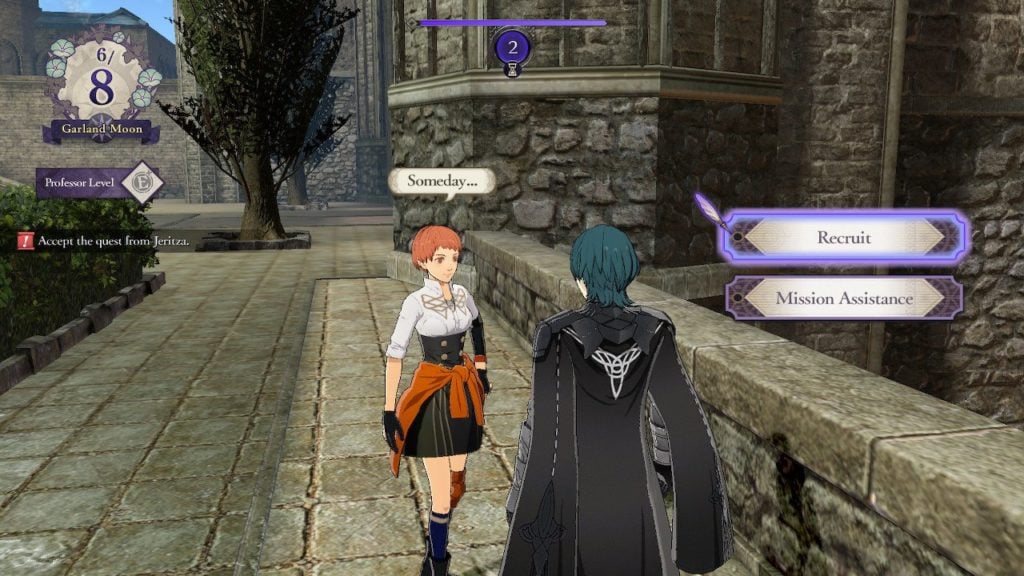
When it comes to the Support system and romance, Three Houses places an exceptionally strong emphasis on bonds between units to the point where higher Support levels can actually help influence a student’s decision to join Byleth’s class. Having a good bond with Edelgard in particular is also essential if the player wishes to side with her at the midpoint in the game. Like past titles, these Supports can lead to marriage at the end of the game. Supports function similarly in Engage with marriage seen as the end goal, but they don’t impact recruitment or the story in any way.
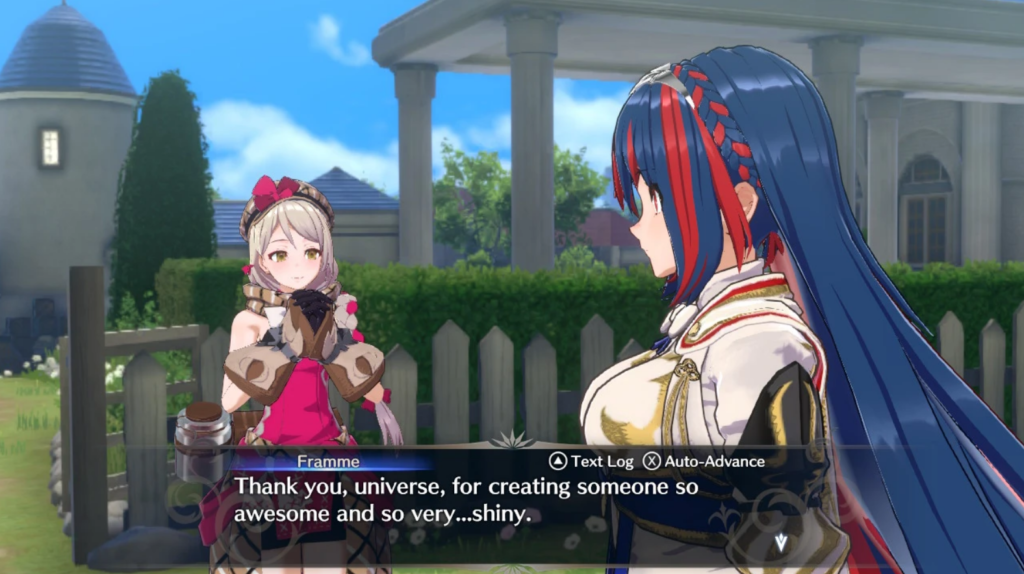


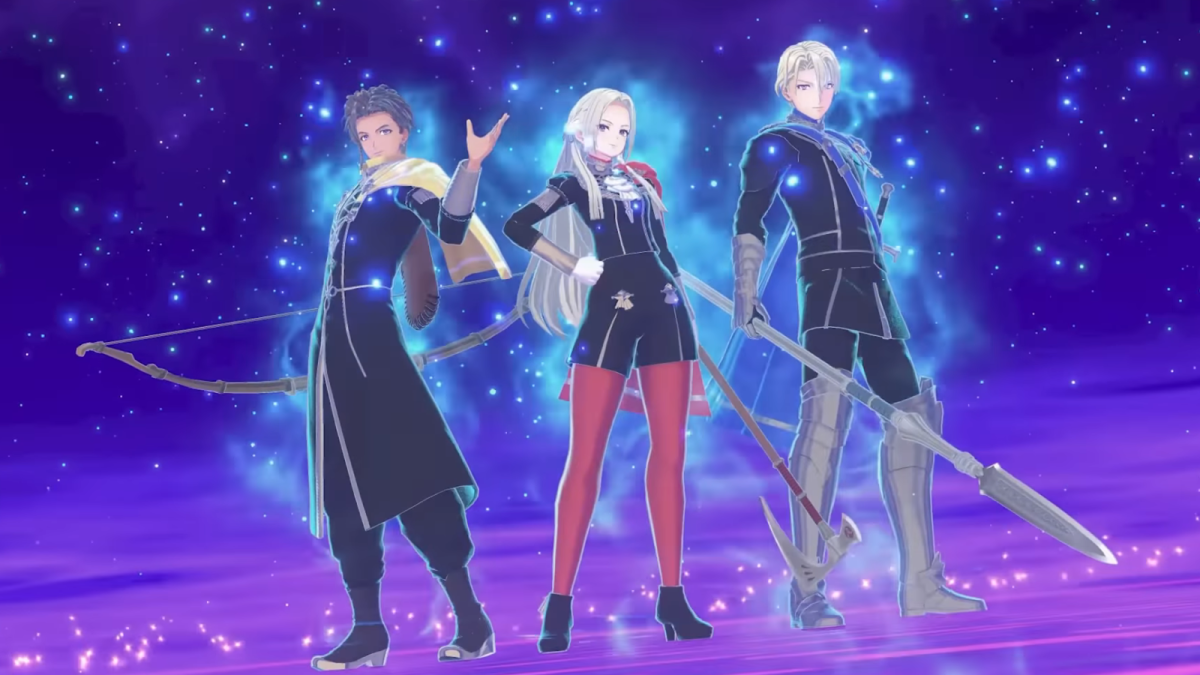



Published: Jan 25, 2023 03:51 pm